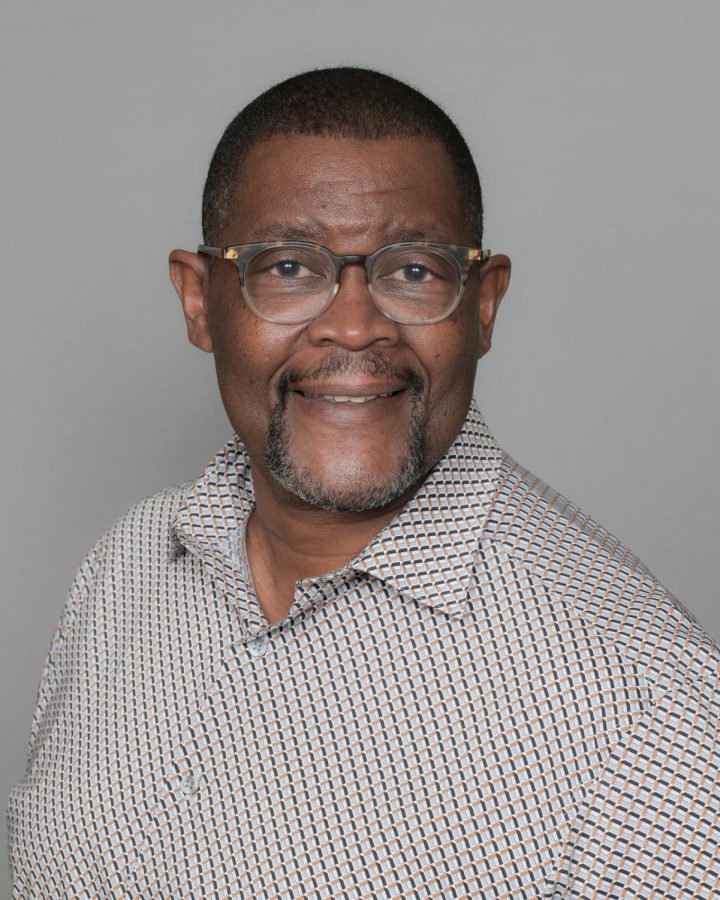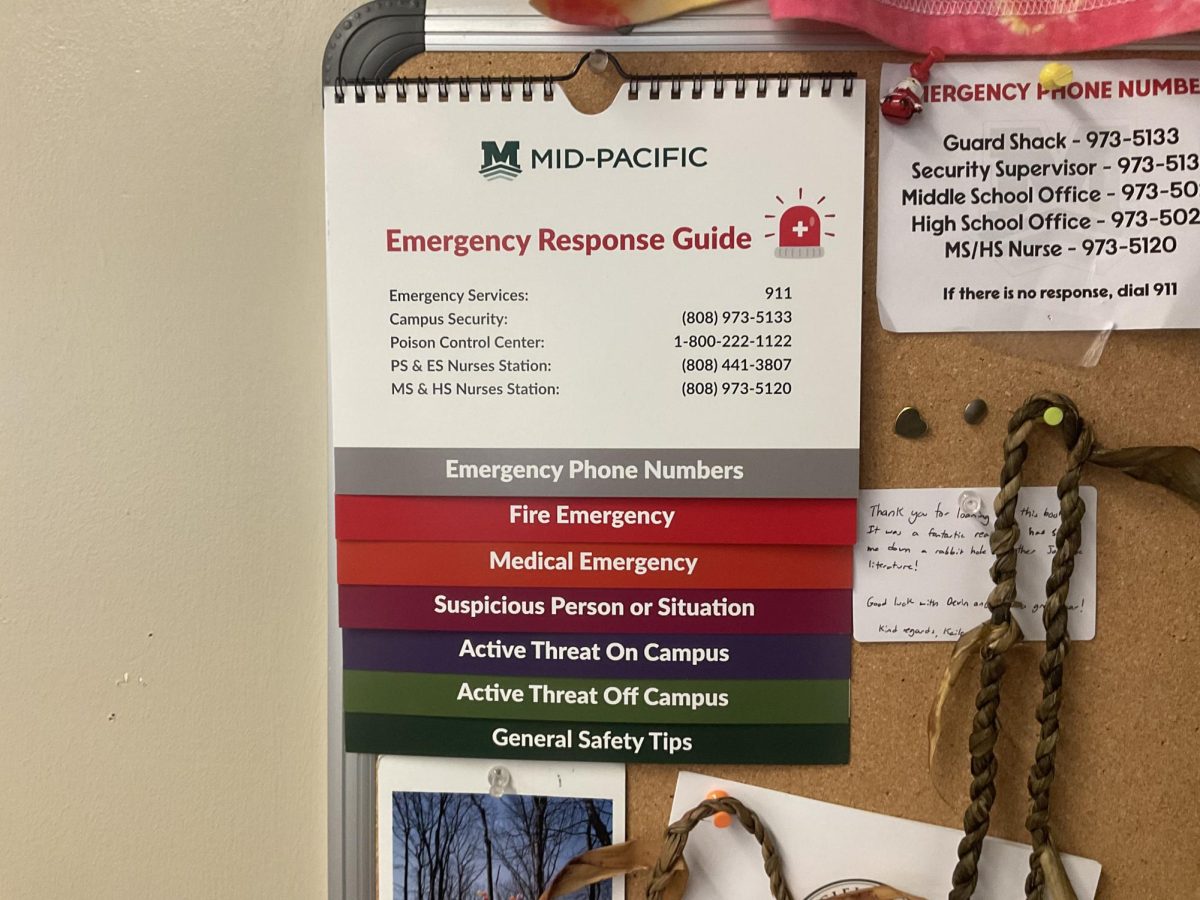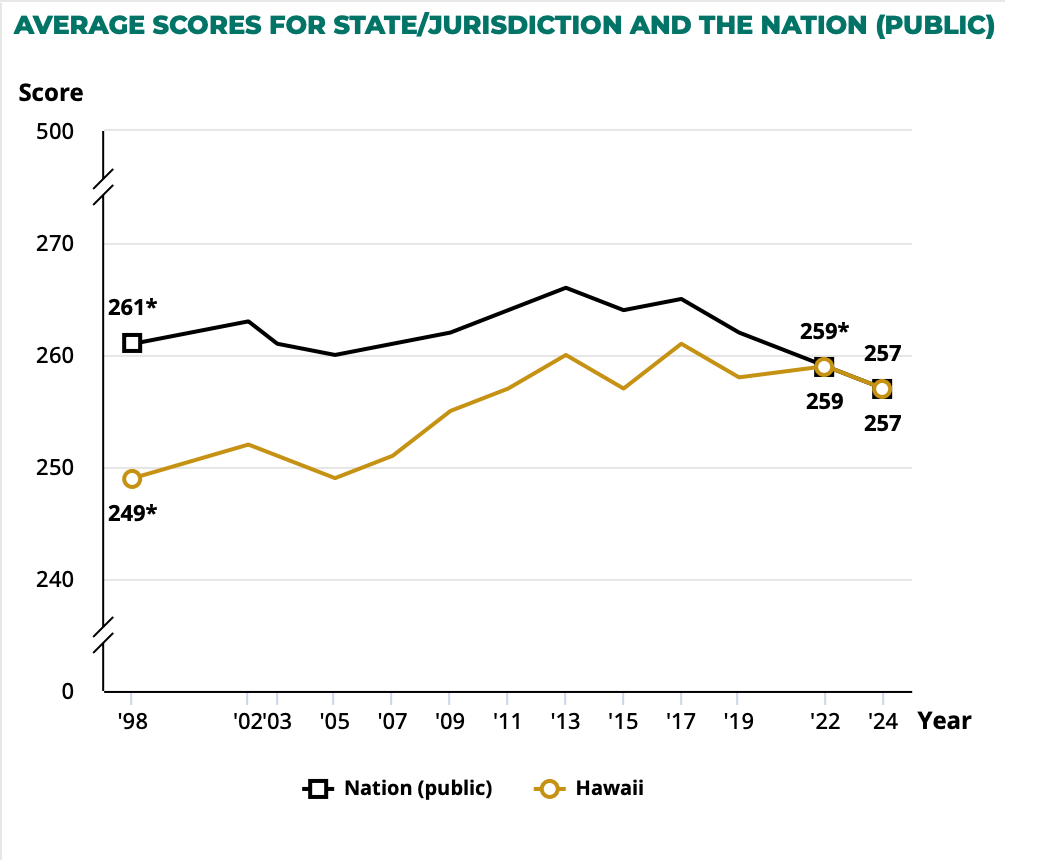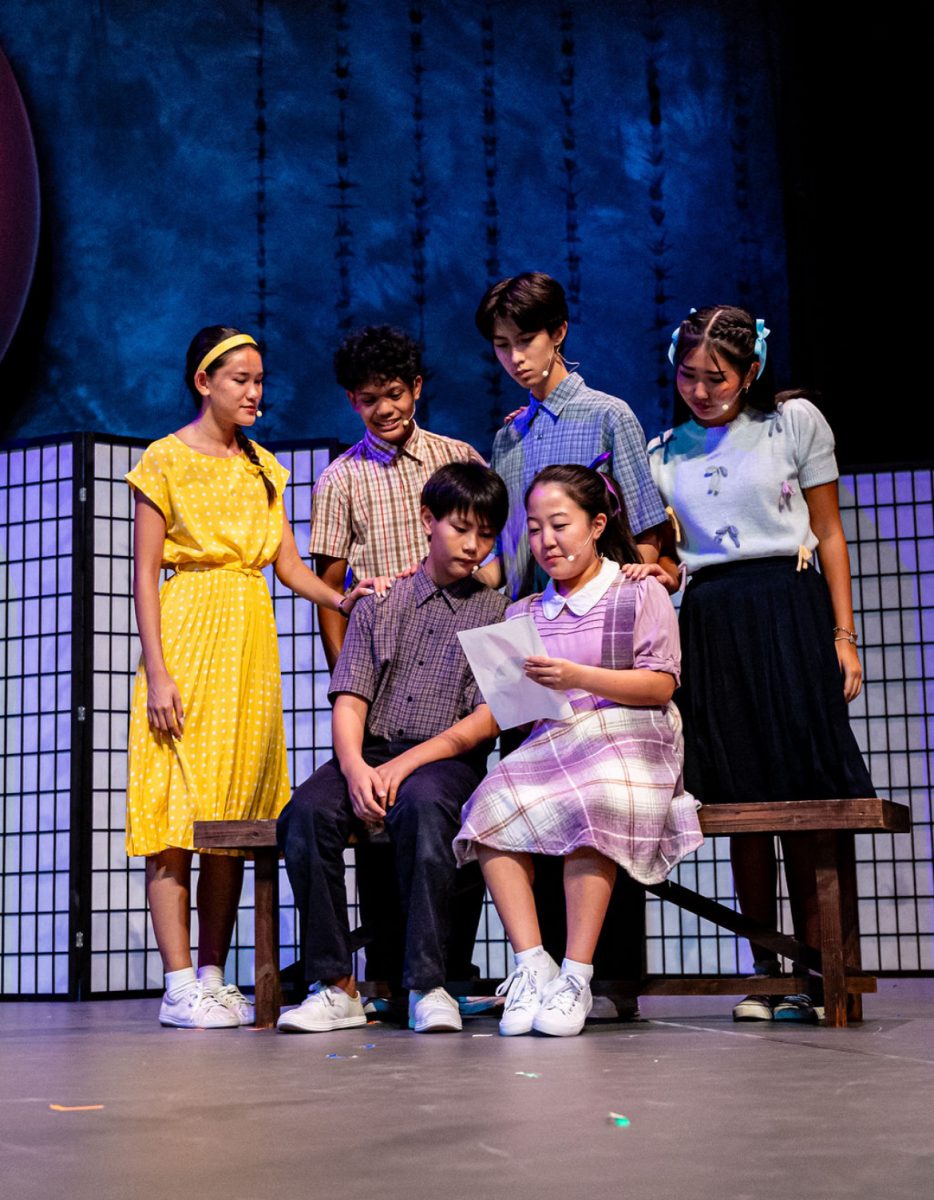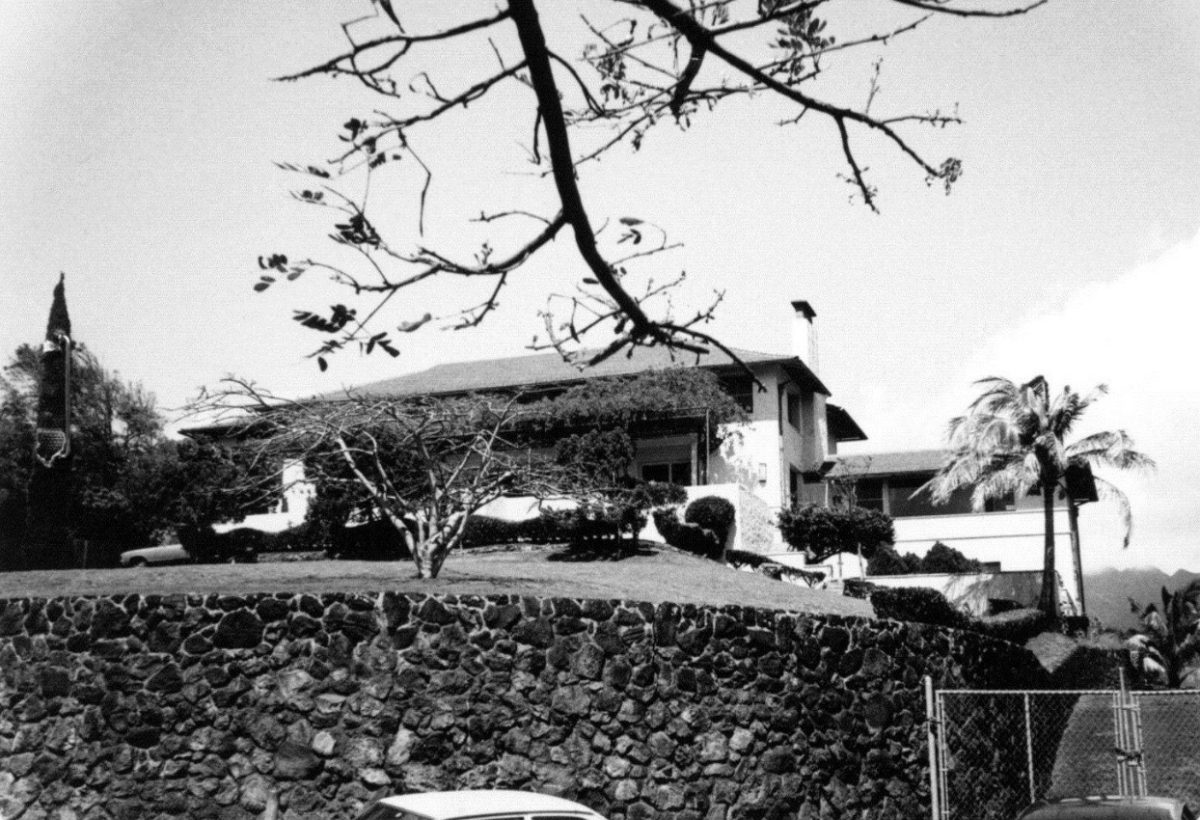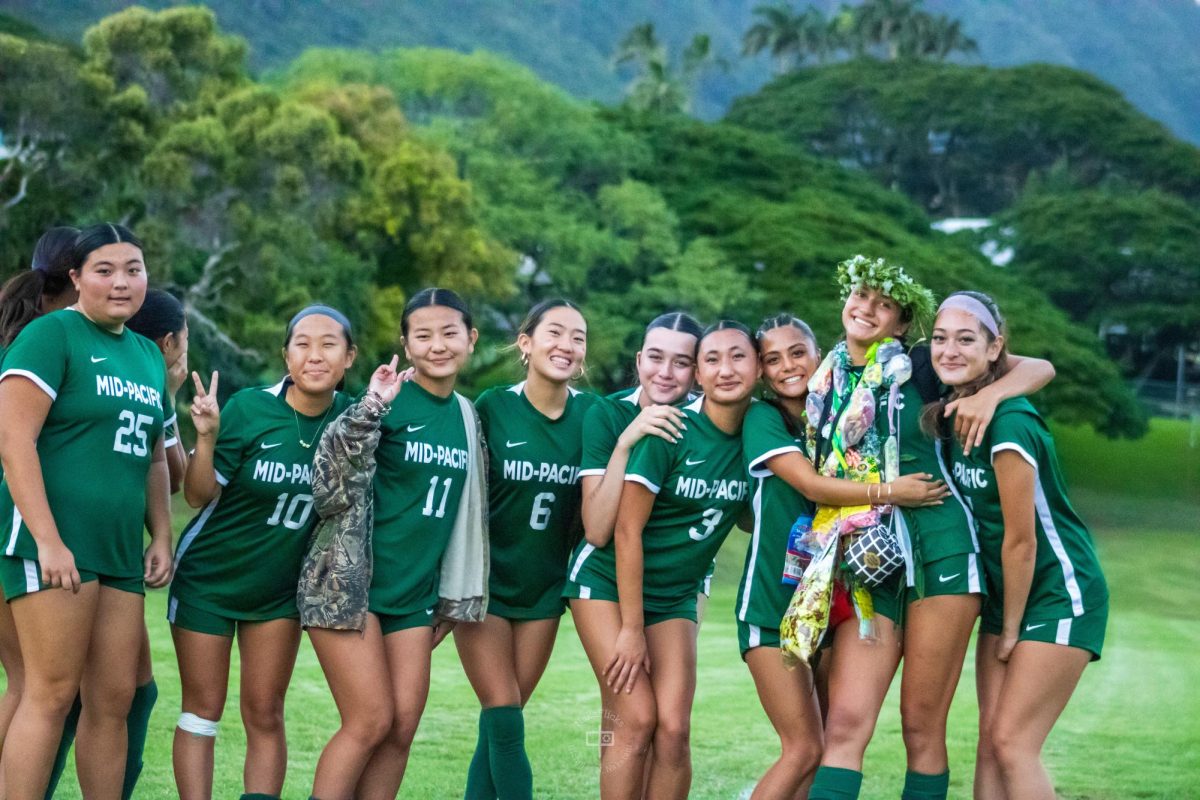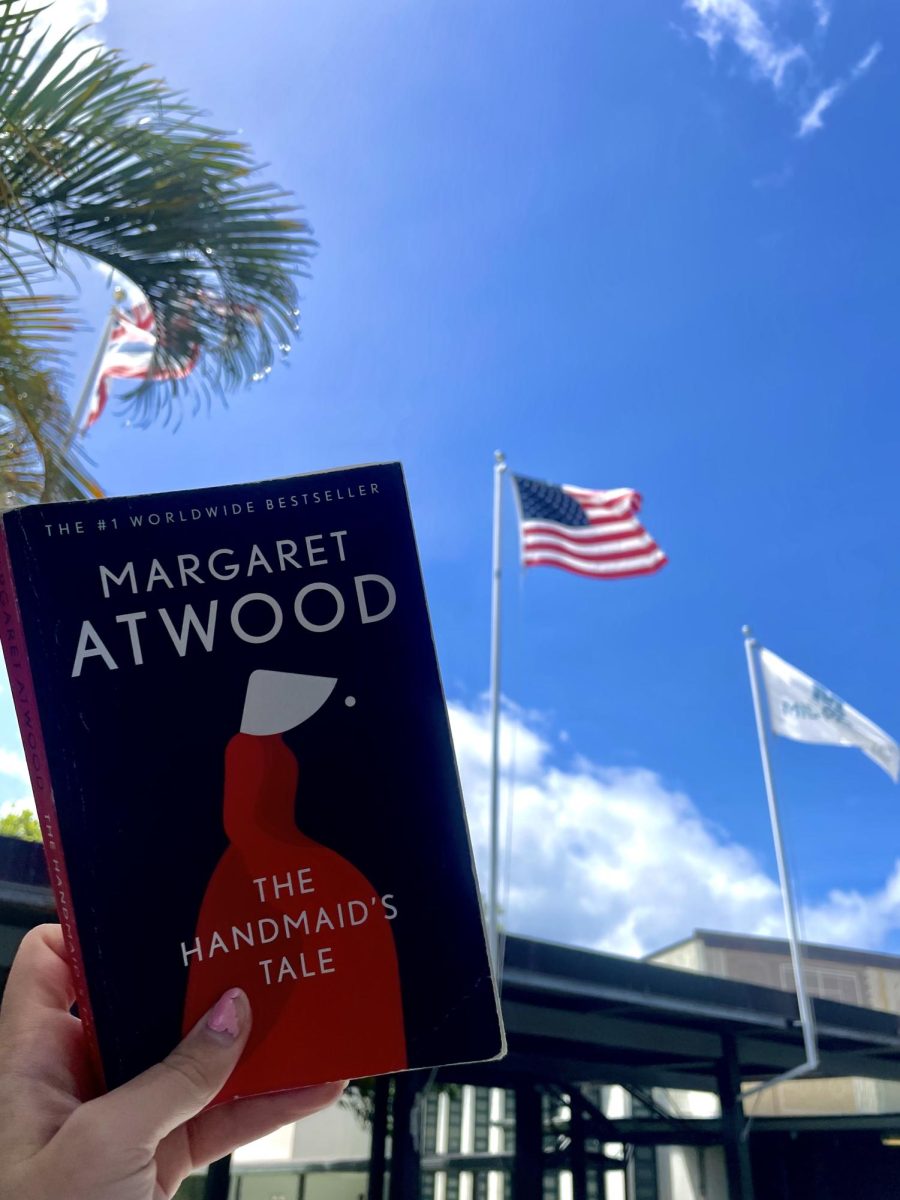A Letter to the Editor: Middle and High School Principal Dr. Dwayne Priester
February 27, 2023
An inclusive school community is one that honors the voices of students, faculty, and staff from diverse backgrounds in a spirit of mutual respect. It is a community that actively seeks out and values a range of perspectives and experiences in order for all to feel that they are heard. Whether or not we agree with one another, it is imperative to recognize our differences as what makes us unique. When we recognize our differences and remain intentional about creating opportunities for all in our community, we promote equity. These opportunities include, but are certainly not limited to participating in decision-making, and engaging in dialogue and collaboration. An inclusive community is mindful to assess and prioritize the needs and well-being of marginalized individuals and groups and takes action to address and eliminate any systemic barrier including discrimination.
As the middle and high school principal of Mid-Pacific, I have grown to understand and fully embrace my responsibility within this community. While it requires a collective effort to build an inclusive learning community in which we honor the voices of students, faculty, and staff from diverse backgrounds, my role as a servant leader commands that I lead authentically by example. To accomplish this task, I embrace and continually articulate our established shared vision and values for inclusivity and equity for all in our learning community. Underpinning this shared vision are policies and practices that support diversity (ethnicities, personalities, learning styles, religion/spirituality, perspectives, lived experiences, language, socio-economic, gender identities), cultural responsiveness, and the promotion of social justice.
Fundamentally, a main tenet of my role as a principal is to build and nurture a learning environment of trust, respect, and collaboration. Creating opportunities for open and honest communication, feedback, and participation in decision-making has continually strengthened relationship-building with students, families, faculty, and staff. What I know for certain is that there must also be a commitment to building a curriculum, teaching strategies, and learning materials that are culturally responsive, relevant, and inclusive. In this way, education responsibly reflects the diverse perspectives and experiences of all students. This further requires a commitment to ongoing professional development and support for faculty and staff and an ongoing evaluation and improvement of the educational program.
While building a diverse and inclusive community, it is critical to identify and address the systemic barriers and biases that hinder the full participation and achievement of marginalized students, faculty, and staff and to take action to eliminate them. This involves monitoring and analyzing data on student and staff demographics, academic outcomes, and disciplinary practices. At the same time, it requires implementing evidence-based interventions to promote equity and social justice.
While both diversity and inclusion are important to understand and promote, I must offer a cautionary note here. Inclusion is the active process of creating a supportive environment for all members of the Mid-Pacific community. Diversity refers to differences in culture, background, identity, and experience. The truth is that honoring diversity is necessary but not sufficient for creating an inclusive school community. Focusing primarily on diversity alone can lead to “tokenism.” Tokenism occurs when individuals from diverse backgrounds are represented in a community but not valued. It can also result in creating a culture of segregation rather than integration. Authentic inclusion within the Mid-Pacific community recognizes the need for deliberate efforts to create a school culture that values and welcomes all individuals, regardless of their differences. Making this a reality involves actively engaging with and valuing the diversity of backgrounds and experiences of all members so that they feel a sense of belonging. In doing so, all can feel empowered to participate fully in the community of Mid-Pacific. And thrive as a whole community.
– Dee Priester

